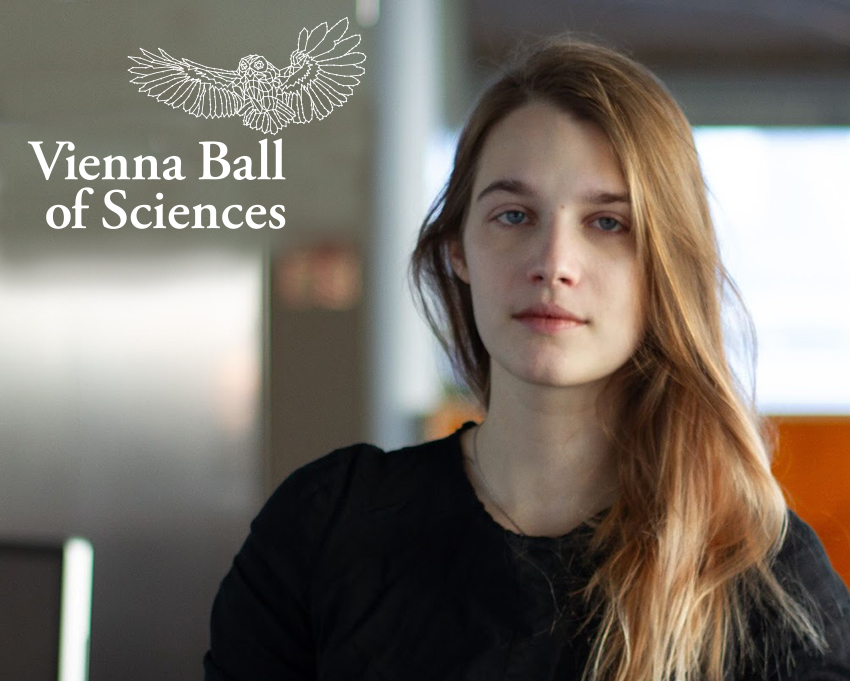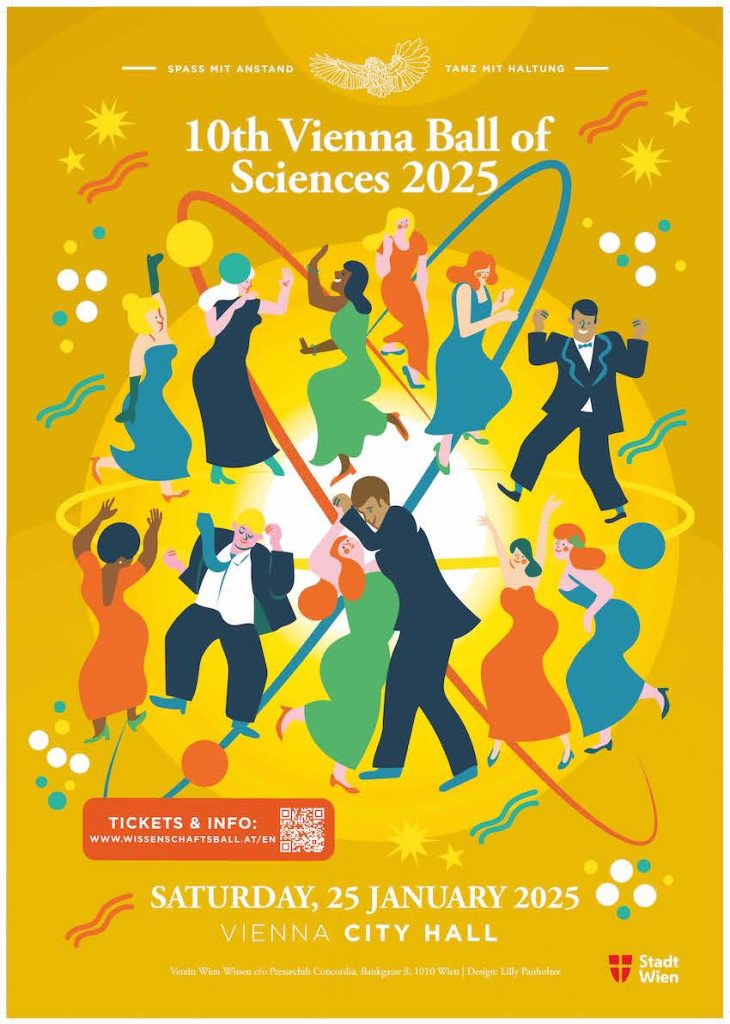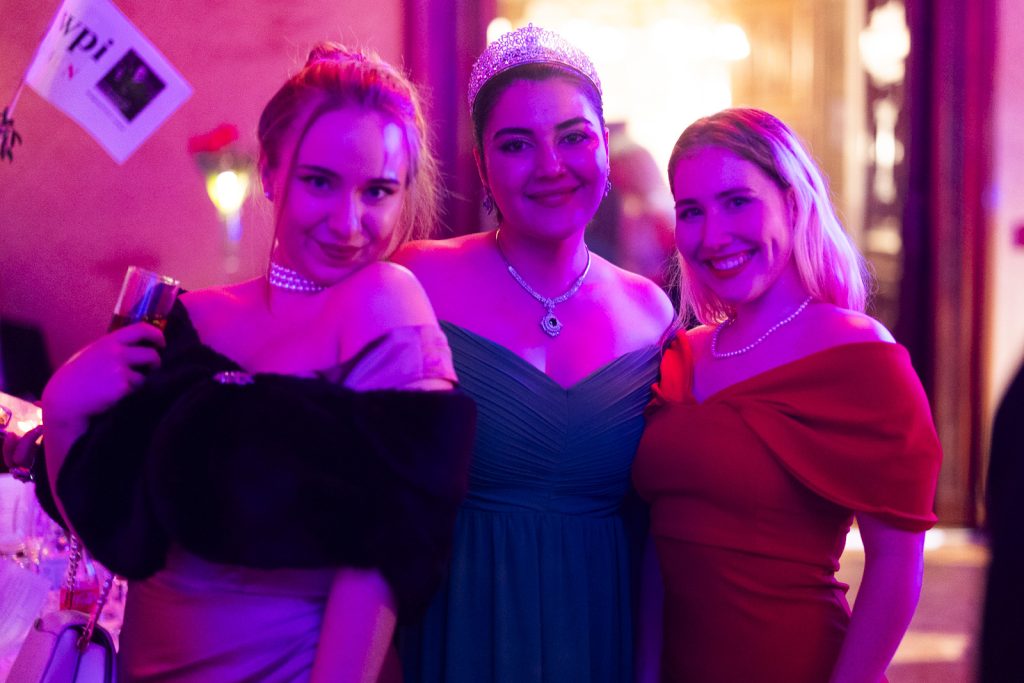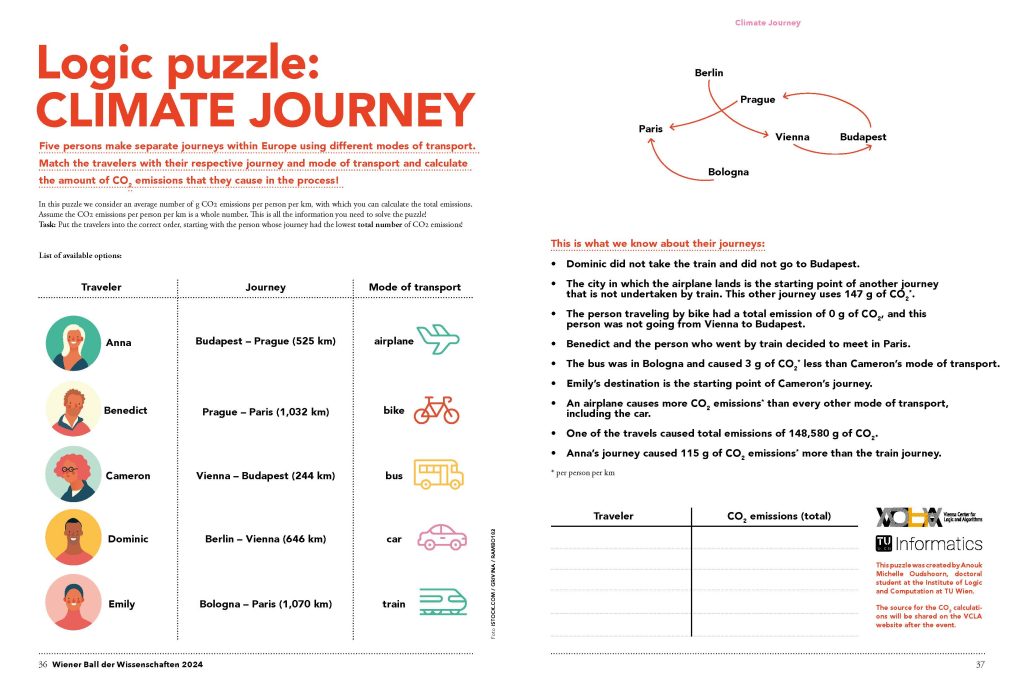As a child, my goal of becoming a scientist was of a pragmatic nature. As a declared fan of the Middle Ages and princesses, I soon became aware of the dark side of the Middle Ages: infectious diseases such as the plague. I was not reassured that such scenarios were in the past and wanted to be at the forefront of research into such diseases – as in “know your enemy”. Continue reading Sophie Juliane Veigl: We scientists have a duty to deliver
All posts by Oliver Lehmann
Elly Tanaka: A union of music and science

Music and science are united in their ability to help us understand our world more deeply. While science offers us the tools to explore and explain the physical universe, music taps into the emotional and intuitive aspects of our human experience. Together, music and science create a richer, deeper understanding of life—science reveals the “how,” while music helps us grasp the “why.” Science and music are also connected at an emotional level: The aesthetic pleasure one feels when hearing great music, that is abound in Vienna, is mirrored by the pleasure of making a scientific discovery. Continue reading Elly Tanaka: A union of music and science
The #SciBall25 poster is out!
So here it is, this year’s poster, again designed by the fabulous Lilly Panholzer. We have prepared a hi res version as PDF for download and print out as decoration for your lab and office. And this way to the portrait of Lilly in our archive.
Ticket sales start for #SciBall25
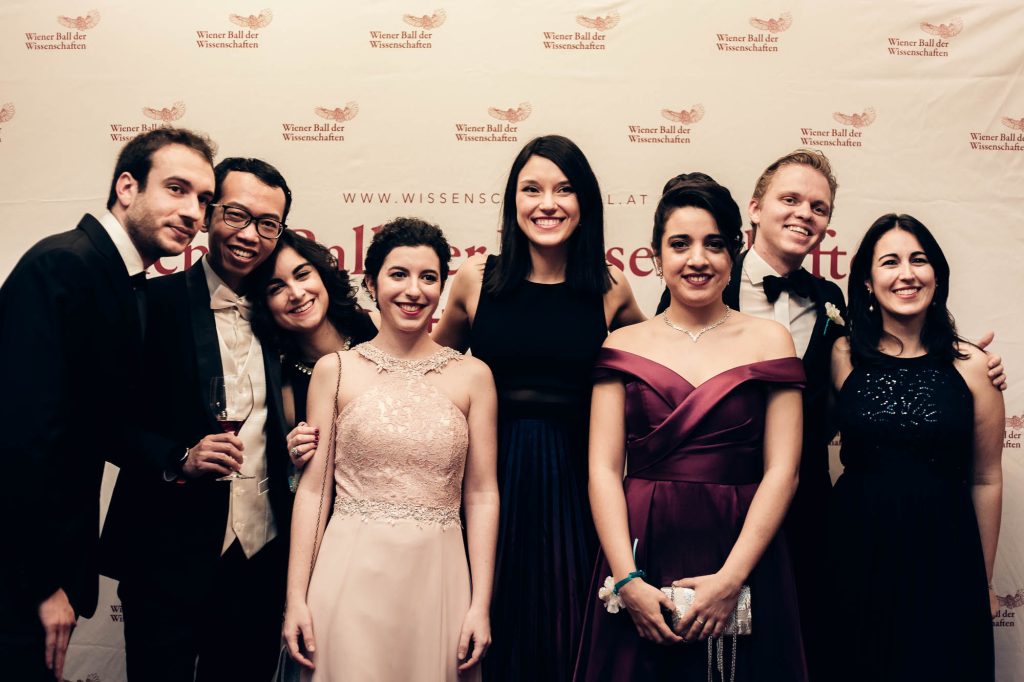
Ticket sales have been online since Monday, 11 November. “The good news: All systems are running smoothly. The homepage and web shop work perfectly. The even better news: Demand is enormous. We have seen a particularly high level of interest from guests who signed up for the newsletter and were thus informed in advance,” says ball organizer Oliver Lehmann, summing up the first 48 hours of sales. To sign up for the newsletter, simply send an email to ball@wissenschaftsball.at with the subject “Ball Info”. Tickets for the anniversary ball can be booked at www.wissenschaftsball.at/shop/. Prices: €120 for regular tickets, €40 for students. Tables can also be booked in the shop for the time being. Continue reading Ticket sales start for #SciBall25
Maja Göpel gives Vienna Lecture on Science Communication

 As an organizing committee, we believe it is important to address the relevance of science communication beyond the ball evening. That is why we have designed the Vienna Lecture on Science Communication together with the Austrian Academy of Sciences.
As an organizing committee, we believe it is important to address the relevance of science communication beyond the ball evening. That is why we have designed the Vienna Lecture on Science Communication together with the Austrian Academy of Sciences.
This season, the renowned German political and media scientist Maja Göpel will give a lecture on the need for good science communication, especially in challenging times. Participation on Friday, January 24, 2025, at the Academy of Sciences is free, registration is required, and tickets will be allocated in the order in which registrations are received: www.wissenschaftsball.at/vienna-lecture-25/. Please note that the lecture will be in German only. Continue reading Maja Göpel gives Vienna Lecture on Science Communication
US media rave about the ball
Author Jessi Jezewska Stevens visited three Viennese balls last season for the magazines Foreign Policy and The Dial. She was particularly taken with the Science Ball. Here’s an excerpt:
“The Vienna ‘ball season refracts the flamboyant anachronisms of a region in transition. Dozens of guests and former debutantes (…) described the events to me in terms of glorious contradiction. The balls, I was told, are elegant, tacky, rarified, intimidating, democratic, elite, ironic, gorgeous, decadent, tiresome, astonishing; they are both political and apolitical, accessible and inaccessible, international and decidedly Viennese.'”
The highlights of the 9th Science Ball 2024
And here they are, the highlights of the Science Ball 2024 as a video! Are you noticing an acute bout of FOMO? Then register now for #SciBall25 on January 25th, 2025 at ball@wissensball.at with the keyword “Tix Info”
The ball images 2024
The best pictures from the grand ball room and the other festive halls in the town hall from our photographers Peter Mayr, Roland Ferrigato and Franz Reiterer (© Sciball). When uploading your own pictures to social media do use #SciBall24
Magazine 2024 is online!
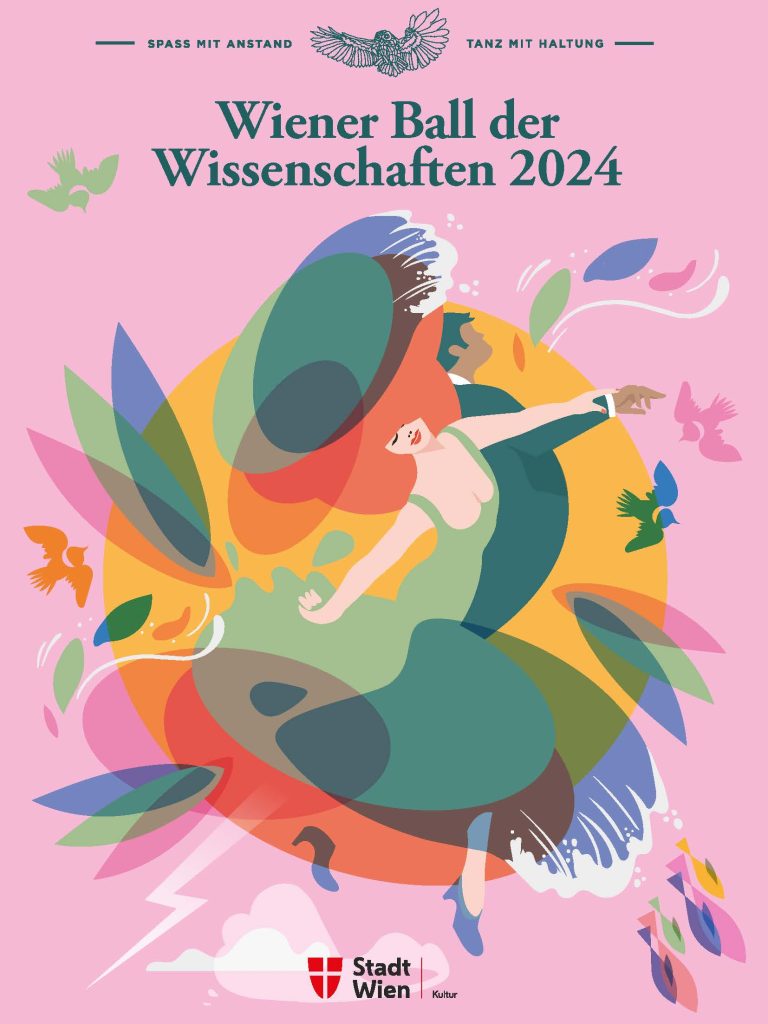 The highlights and background, the details and the big perspective: they are summarized at a glance in the 2024 ball magazine. The main author is Chiara Joos, who comes from Stuttgart and is currently completing her studies in German philology and journalism and communication sciences in Vienna. We will read a lot more from her.
The highlights and background, the details and the big perspective: they are summarized at a glance in the 2024 ball magazine. The main author is Chiara Joos, who comes from Stuttgart and is currently completing her studies in German philology and journalism and communication sciences in Vienna. We will read a lot more from her.
